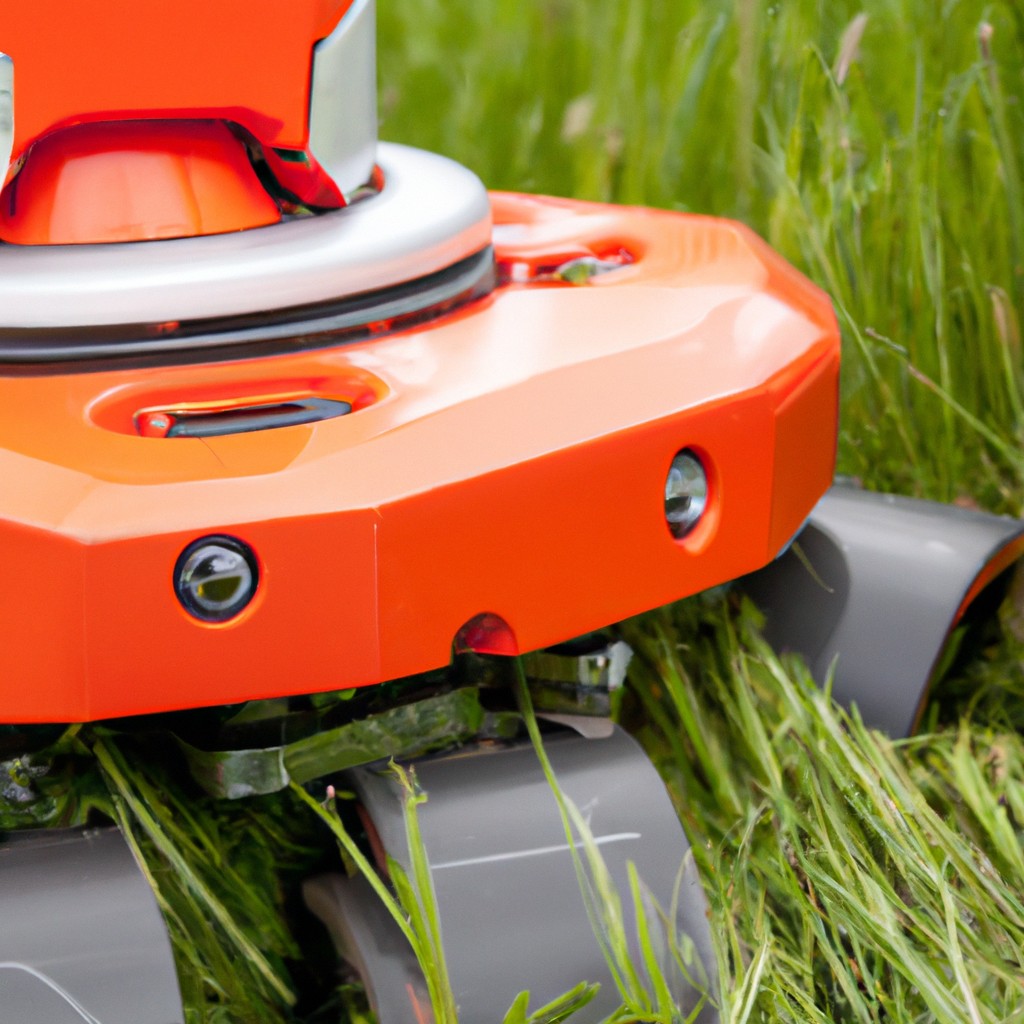In this article, learn how agricultural robots are transforming modern farming practices by increasing efficiency and reducing labor demands.
Look Inside:
Definitions and Functions of Agricultural Robots

Agricultural robots, often referred to as agribots, represent a blend of technology tailored to automate farming operations. The primary functions of these devices include planting seeds, watering plants, harvesting crops, and controlling pests.
Essentially, these machines serve two main purposes: enhancing productivity and reducing human labor requirements. They achieve these goals by executing tasks more consistently and sometimes with greater precision than human laborers can manage.
For instance, drones survey fields and collect data that help in the efficient use of fertilizers and pesticides, while robotic harvesters pick fruits and vegetables at peak ripeness, minimizing waste. This integration of technology in agriculture not only streamlines processes but also supports sustainability by reducing the carbon footprint associated with traditional farming methods.
In summary, agricultural robots are pivotal in transforming farm operations, promoting efficiency, sustainability, and high productivity.
Overview of Agricultural Robot Applications
Agricultural robots are revolutionizing how farmers manage crops and livestock. They perform a variety of tasks traditionally done manually or with less advanced machinery. Here are some points that explain the various applications of these robotic systems in the field:
- Crop Monitoring and Management: Through advanced sensors and data analysis, robots can monitor crop health, moisture levels, and nutrient needs. These insights help farmers make informed decisions, promoting precision agriculture.
- Weed Control: Robots equipped with vision systems can identify and precisely target weeds without harming the crops. This reduces the need for chemical herbicides and supports eco-friendly farming practices.
- Harvesting Assistance: Certain robots are designed to harvest fruits and vegetables. They use delicate mechanisms to pick produce at peak ripeness without causing damage, improving overall yield and product quality.
- Planting and Seeding: Robotic systems can automate the planting process, ensuring seeds are sown at the correct depth and spacing. This optimizes growth conditions and can lead to higher productivity.
- Soil Management: Robots analyze soil conditions and perform necessary adjustments like tilling or leveling. This enhances soil health and prepares it for planting, contributing to sustainable farming.
By integrating these applications, farmers can optimize farm operations, reduce labor costs, and increase crop production all year round.
Most Common Agricultural Robot Types
Agricultural robots come in various forms, each designed to handle specific tasks on the farm. Here are a few widely used varieties:
First up, we have drone technology. Farmers use drones to monitor crop health from above, applying pesticides or fertilizing precisely where needed, drastically reducing waste and exposure.
Next are robotic harvesters. These machines help pick fruits and vegetables at peak ripeness. Their use results in faster harvesting times and less human labor, which is especially beneficial during large-scale productions.
Automated weeders also play a crucial role. They efficiently remove unwanted vegetation without harming the crops. By using cameras and sensors, these robots distinguish between crops and weeds, ensuring that only the intruders are targeted.
Lastly, we can’t forget about autonomous tractors. Streamlining plowing, seeding, and planting, these tractors operate with minimal human input, optimizing field activities regardless of the time or weather conditions.
Each robot type revolutionizes how tasks are performed in agriculture, promoting both efficiency and sustainability.
Detailed Examples of Agricultural Robots in Action
Imagine a vineyard where robots meticulously prune vines, guided by advanced sensors. These machines, equipped to detect plant health and growth patterns, trim with precision that rivals skilled human hands. Furthermore, in orchards, autonomous harvesters navigate rows, gently plucking ripe fruits without bruising them. This not only speeds up the harvesting process but also reduces labor costs and dependency.
In crop fields, drone technology plays a crucial role. Drones equipped with high-resolution cameras soar above, capturing data on crop health and soil conditions. This information helps farmers make informed decisions about watering, planting, and treating diseases with pinpoint accuracy.
On dairy farms, robotic milking systems have revolutionized operations. Cows often walk into milking stations on their own, where robots clean teats and attach pumps automatically. These systems track each cow’s health metrics, contributing to higher milk quality and improved herd management.
Through these examples, it’s clear that robots are transforming traditional farming chores into precise, data-driven tasks, boosting productivity and sustainability in agriculture.
Future Prospects of Agricultural Robotics
Agricultural robotics holds incredible potential for transforming farming practices. As technology advances, we can expect these machines to become even more sophisticated, performing a variety of tasks with precision and efficiency.
Firstly, integration with AI will enable robots to make data-driven decisions on the fly, optimizing crop yields and reducing waste. This could involve real-time soil analysis and tailored nutrient management, ensuring crops receive exactly what they need.
Secondly, the development of smaller, more versatile robots could allow for their use in a wider range of environments, from vast fields to urban greenhouses. These compact units could work in swarms, covering more ground quickly and adapting to different crop types without the need for human intervention.
Finally, collaboration between robots and drones could lead to fully automated farms. Drones could monitor crop health from the air, while ground-based robots could treat issues identified by aerial data, streamlining the entire farming process.
In essence, the future of agricultural robots is not just about mechanical labor; it’s about creating smart, autonomous systems that enhance farming efficiency and sustainability.




